Home>Renovation & DIY>Home Renovation Guides>Why Is It Called A Storm Door
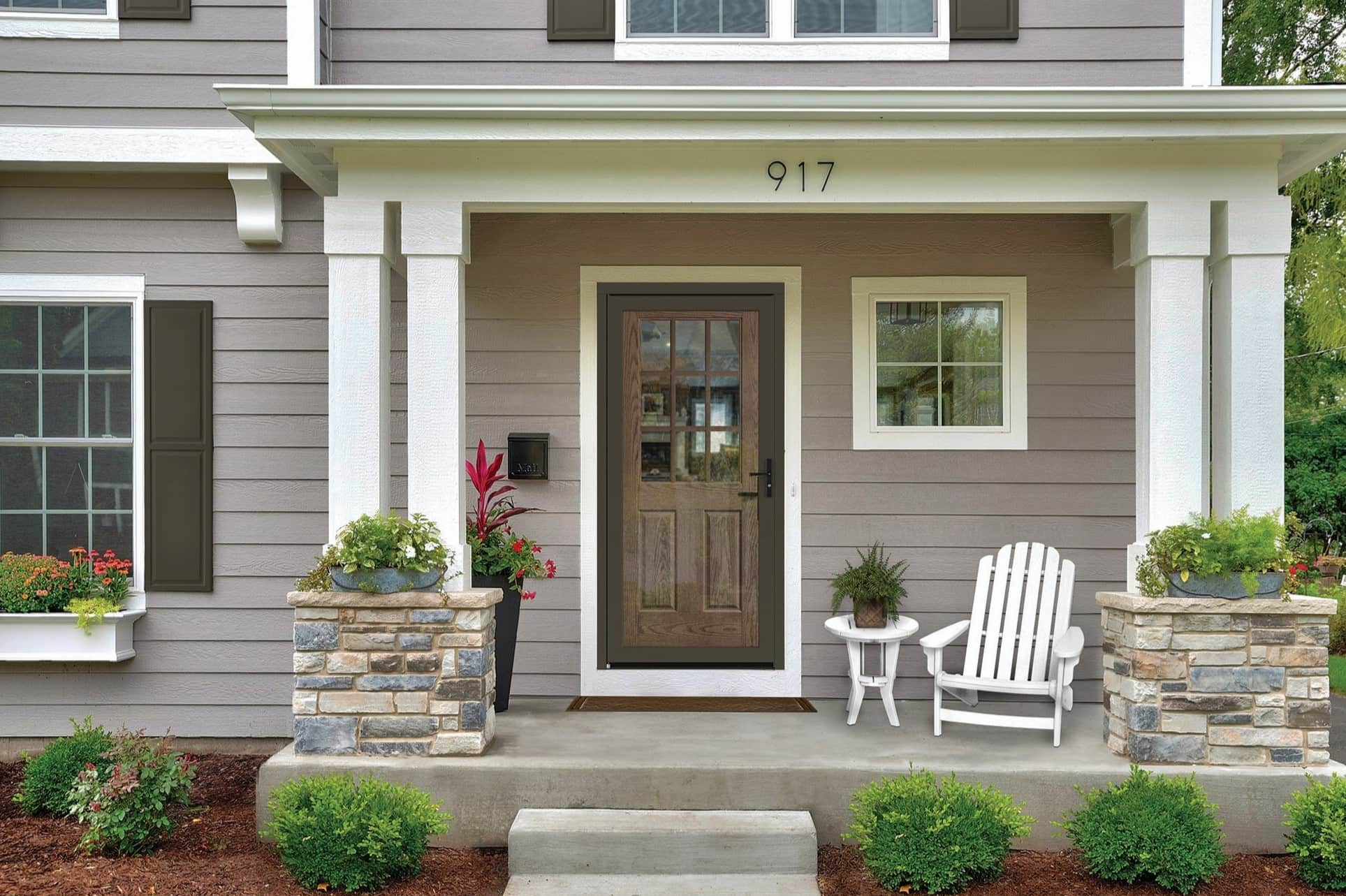

Home Renovation Guides
Why Is It Called A Storm Door
Published: January 18, 2024
Discover the reasons behind the name "storm door" and its significance in home renovation guides. Learn how storm doors add value and protection to your home.
(Many of the links in this article redirect to a specific reviewed product. Your purchase of these products through affiliate links helps to generate commission for Storables.com, at no extra cost. Learn more)
**
Introduction
**
Welcome to the world of home renovation! If you're considering enhancing the functionality and aesthetic appeal of your home, one essential feature to explore is the storm door. This often-overlooked element can offer a multitude of benefits, from increased energy efficiency to improved security and curb appeal. In this comprehensive guide, we'll delve into the history, purpose, materials, construction, and benefits of storm doors, shedding light on why they are a valuable addition to any home. Whether you're a seasoned DIY enthusiast or just beginning to explore the realm of home improvement, understanding the significance of a storm door can empower you to make informed decisions about your living space. So, let's embark on this enlightening journey to uncover the mysteries of the storm door and discover why it holds such a vital place in the realm of home renovation.
**
Key Takeaways:
- Storm doors were originally designed to protect primary entry doors from harsh weather. They now offer benefits such as energy efficiency, security, and improved curb appeal, making them a valuable addition to any home.
- The materials and construction of storm doors, such as aluminum, steel, fiberglass, and wood, play a crucial role in determining their durability, functionality, and aesthetic appeal. Understanding these options empowers homeowners to make informed decisions based on their unique priorities.
Read more: Why Have A Storm Door
History of Storm Doors
**
Storm doors have a fascinating history that dates back to the late 19th century. They were initially designed to provide an additional layer of protection against the elements, particularly harsh weather conditions such as rain, snow, and strong winds. The concept of the storm door evolved from the desire to safeguard primary entry doors from damage, ultimately prolonging their lifespan and preserving the integrity of the home.
During the Victorian era, storm doors gained popularity as decorative embellishments, featuring intricate designs and ornate details that complemented the architectural styles of the time. As the industrial revolution progressed, storm doors became more accessible to homeowners, and their functionality expanded to include improved ventilation and natural light penetration. This transformation marked the transition of storm doors from purely utilitarian fixtures to versatile components that contribute to the overall comfort and aesthetics of a home.
Over the years, advancements in manufacturing techniques and materials have further elevated the capabilities of storm doors, enhancing their durability, energy efficiency, and security features. Today, modern storm doors encompass a wide range of styles, from traditional to contemporary, catering to diverse architectural preferences and homeowner needs.
Understanding the historical evolution of storm doors provides valuable insights into their enduring relevance and the enduring appeal of integrating these versatile elements into residential spaces. As we continue to explore the significance of storm doors, it’s essential to recognize their evolution from simple protective barriers to multifaceted components that contribute to the functionality and visual appeal of homes.
**
Purpose of Storm Doors
**
Storm doors serve a multitude of practical and aesthetic purposes, making them a valuable addition to any home. At their core, these doors are designed to provide an additional layer of protection for the primary entry door, shielding it from the brunt of the elements. Whether it’s heavy rain, snow, or strong winds, a well-installed storm door acts as a barrier, helping to preserve the structural integrity of the main entrance while minimizing wear and tear.
Beyond protection, storm doors offer enhanced energy efficiency by creating an insulating air pocket between the primary door and the exterior. This buffer zone helps regulate indoor temperatures, reducing heat loss during the winter and preventing excessive heat gain in the summer. As a result, homeowners can experience lower energy bills and increased comfort throughout the year.
Another significant purpose of storm doors is to improve ventilation and natural light penetration. Many storm door designs feature interchangeable glass and screen panels, allowing for flexible airflow and light control. During pleasant weather, homeowners can opt to open the primary door and rely on the storm door’s screen panel to invite fresh air into the home while keeping insects at bay. Conversely, in inclement weather, the glass panel provides an additional barrier without sacrificing visibility or natural light.
Additionally, storm doors contribute to home security by offering an extra layer of defense against intruders. With sturdy construction and reliable locking mechanisms, these doors act as a deterrent, bolstering the overall safety of the property. Furthermore, the presence of a storm door can enhance the curb appeal of a home, creating a welcoming and polished exterior while allowing for unobstructed views of the primary entry door.
Understanding the diverse purposes of storm doors underscores their significance in enhancing the comfort, protection, and visual appeal of residential spaces. As we delve deeper into the intricacies of storm doors, it becomes evident that their impact extends far beyond mere weather protection, encompassing a holistic approach to improving the functionality and aesthetics of a home.
**
A storm door is called so because it provides protection from harsh weather like rain, wind, and snow. It acts as a barrier to keep the elements out while still allowing light and ventilation into the home.
Materials and Construction
**
The materials and construction of storm doors play a pivotal role in determining their durability, functionality, and aesthetic appeal. When selecting a storm door, homeowners are presented with a variety of options, each boasting unique characteristics and benefits.
One of the most common materials used in storm door construction is aluminum. Aluminum storm doors are prized for their lightweight nature, corrosion resistance, and low maintenance requirements. They are often favored for their affordability and versatility, offering a wide array of finishes and styles to complement different architectural themes.
Steel is another popular choice, renowned for its exceptional strength and security features. Steel storm doors are robust and provide an added layer of protection, making them an ideal option for homeowners seeking enhanced security without compromising on aesthetics. Furthermore, steel doors can be customized with ornate designs and decorative elements to elevate the visual appeal of the entryway.
Fiberglass storm doors have gained prominence due to their durability, insulation properties, and resistance to warping or cracking. These doors are well-suited for harsh climates and offer excellent thermal performance, contributing to energy efficiency and long-term cost savings. Additionally, fiberglass doors can be crafted to mimic the look of wood, providing a luxurious aesthetic without the maintenance requirements associated with natural wood.
Wood storm doors exude timeless charm and warmth, making them a preferred choice for homeowners seeking a classic, traditional aesthetic. While wood doors require regular maintenance to uphold their appearance and structural integrity, they offer unparalleled elegance and can be customized to suit specific design preferences.
Regardless of the material chosen, the construction of a high-quality storm door involves precise engineering and attention to detail. From reinforced corners and seamless joints to durable hardware and weather-stripping, every component contributes to the door’s overall performance and longevity.
Understanding the diverse materials and meticulous construction techniques employed in crafting storm doors empowers homeowners to make informed decisions based on their unique priorities, whether it’s durability, energy efficiency, security, or aesthetic appeal.
**
Benefits of Storm Doors
**
Storm doors offer an array of compelling benefits that extend beyond their primary function of weather protection. By integrating a storm door into a home’s entryway, homeowners can experience a multitude of advantages that enhance comfort, security, energy efficiency, and visual appeal.
One of the key benefits of storm doors is their ability to improve energy efficiency. By creating an additional barrier against the elements, these doors help minimize heat loss during the colder months and prevent excessive heat gain in the summer. This translates to reduced energy consumption and lower utility bills, ultimately contributing to a more sustainable and cost-effective living environment.
Enhanced ventilation is another notable advantage of storm doors. With the option to interchange glass and screen panels, homeowners can regulate airflow according to their preferences and weather conditions. During pleasant seasons, the screen panel allows fresh air to circulate while keeping insects at bay, fostering a comfortable and airy ambiance within the home.
Furthermore, storm doors play a pivotal role in bolstering home security. Equipped with robust construction and reliable locking mechanisms, these doors act as an additional layer of defense against intruders. Their presence serves as a deterrent, fortifying the overall safety of the property and providing homeowners with peace of mind.
From a design perspective, storm doors contribute to the curb appeal of a home, creating a polished and welcoming entryway. With a diverse range of styles, finishes, and decorative elements to choose from, homeowners can customize their storm doors to complement the architectural aesthetics of their residence, adding a touch of sophistication and visual interest to the exterior.
Moreover, storm doors offer protection for the primary entry door, shielding it from the impact of harsh weather, debris, and potential damage. This preservation extends the lifespan of the main door, reducing maintenance costs and the need for premature replacements.
As a holistic addition to a home, storm doors provide an amalgamation of practical, aesthetic, and financial benefits, making them a valuable investment for homeowners seeking to elevate the functionality and allure of their living spaces.
**
Read more: Why Is A Storm Door Icing Up
Conclusion
**
Exploring the realm of storm doors unveils a tapestry of historical significance, practical utility, and aesthetic enhancement. From their humble origins as protective barriers against the elements to their modern-day role as versatile components that contribute to energy efficiency, security, and curb appeal, storm doors have evolved to meet the diverse needs of homeowners.
As we conclude our journey through the world of storm doors, it becomes evident that these fixtures represent more than mere functional accessories. They embody a synergy of form and function, offering a harmonious blend of protection, style, and sustainability. Whether it’s the energy-saving benefits, enhanced ventilation, or the added layer of security, the impact of a well-chosen storm door reverberates throughout the home, enriching the living experience for occupants.
Furthermore, the materials and construction techniques employed in crafting storm doors underscore the dedication to quality and longevity, ensuring that these elements stand the test of time while maintaining their visual allure and performance. The diverse array of materials, from aluminum and steel to fiberglass and wood, enables homeowners to align their preferences with the inherent characteristics of each material, whether it’s durability, elegance, or low maintenance.
Ultimately, the decision to incorporate a storm door into a home transcends practical considerations; it embodies a commitment to holistic living, where comfort, security, and aesthetics converge to create a harmonious living environment. By embracing the multifaceted benefits of storm doors, homeowners can elevate the functionality and visual appeal of their residences, fostering a space that embodies both practicality and elegance.
As you embark on your home renovation journey, consider the profound impact that a well-chosen storm door can have on your living space. Whether it’s a Victorian-inspired design, a sleek modern aesthetic, or a timeless wooden allure, the right storm door can become a defining element that enhances your home’s character and elevates your everyday living experience. Embrace the possibilities, and let the allure of storm doors enrich your home in ways that extend far beyond their functional purpose.
Frequently Asked Questions about Why Is It Called A Storm Door
Was this page helpful?
At Storables.com, we guarantee accurate and reliable information. Our content, validated by Expert Board Contributors, is crafted following stringent Editorial Policies. We're committed to providing you with well-researched, expert-backed insights for all your informational needs.
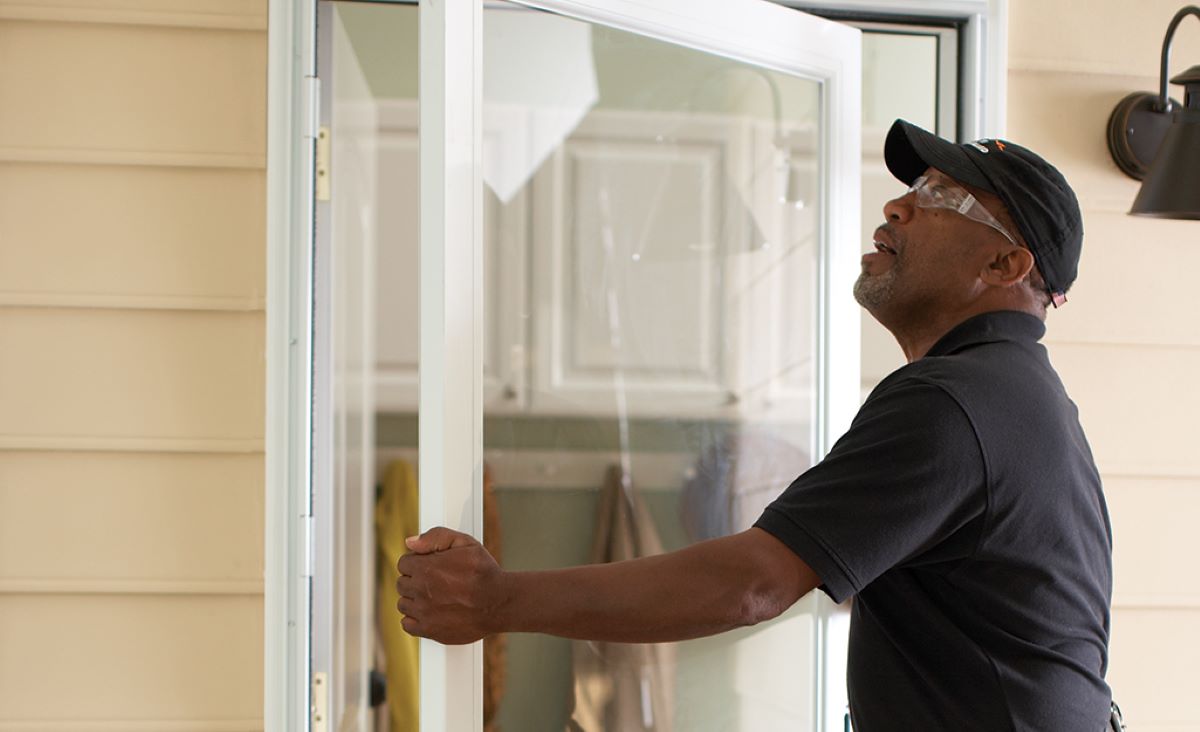
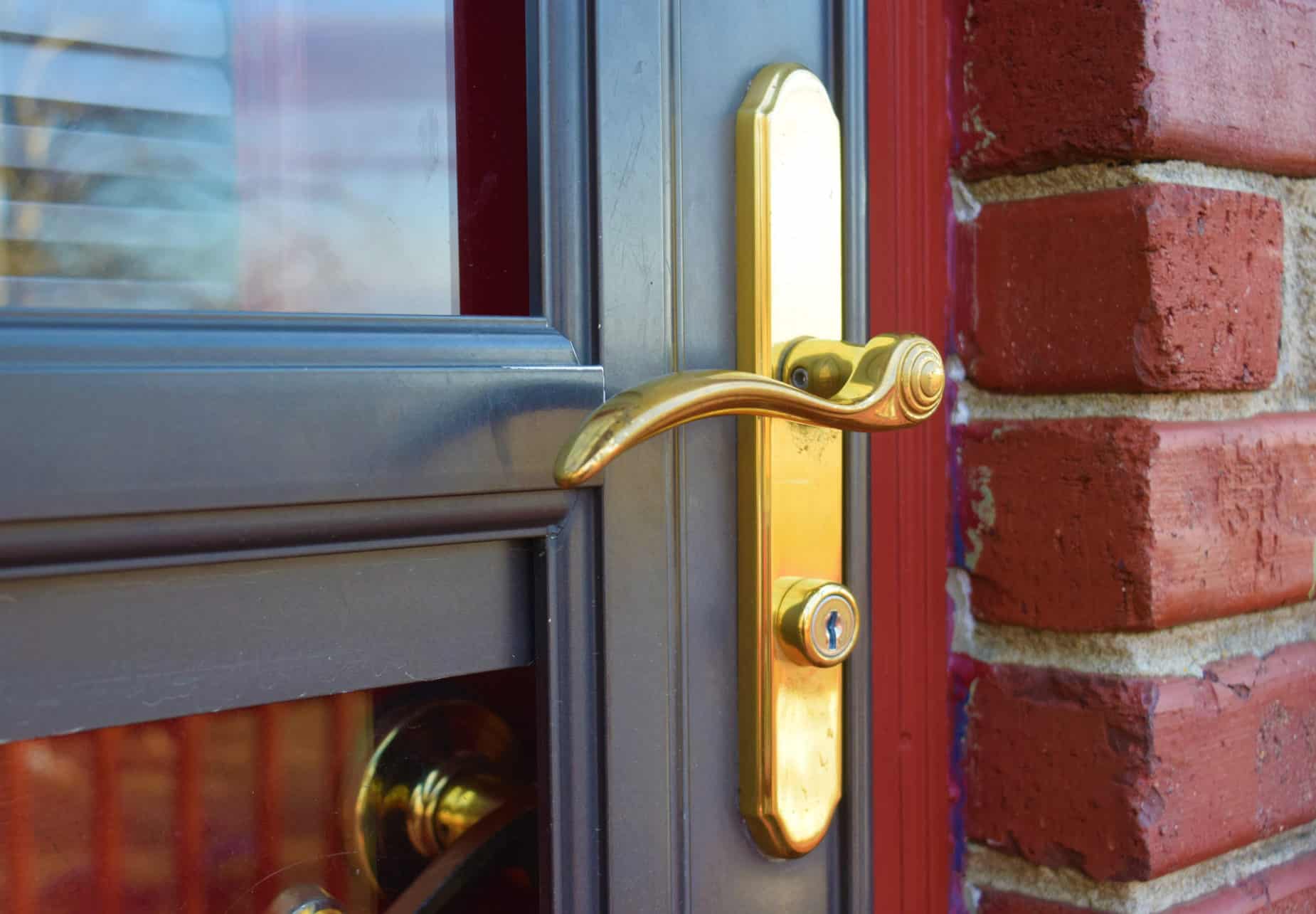
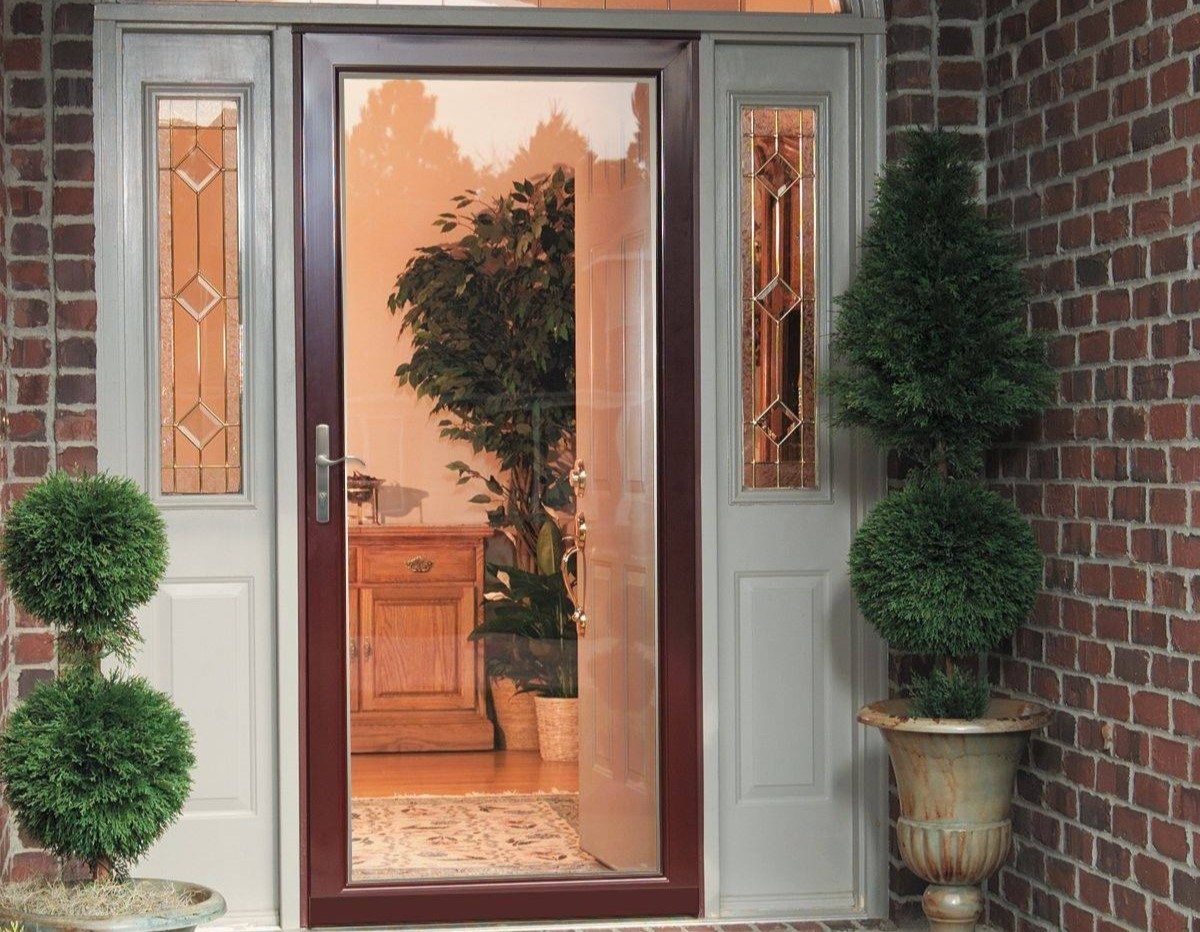
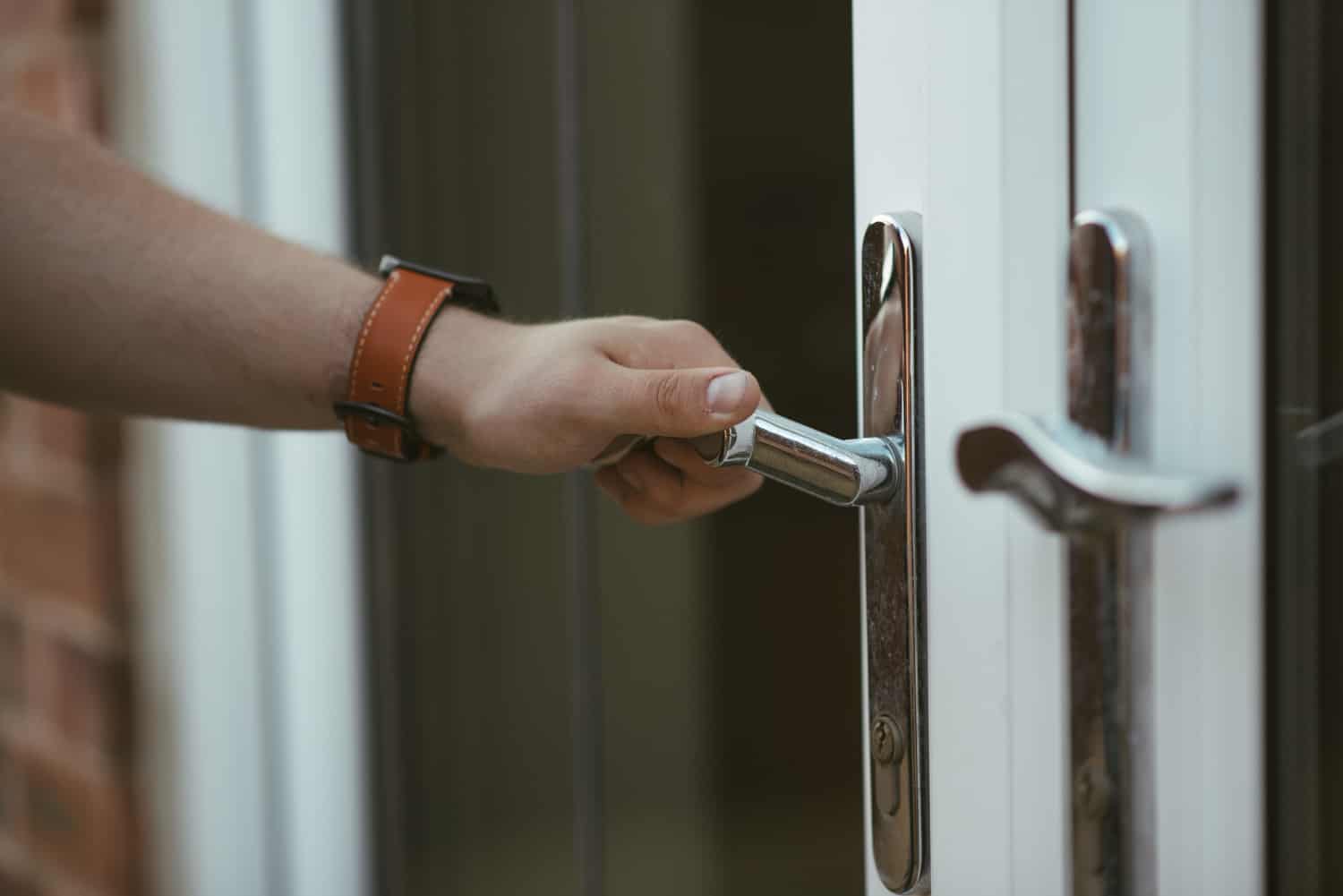
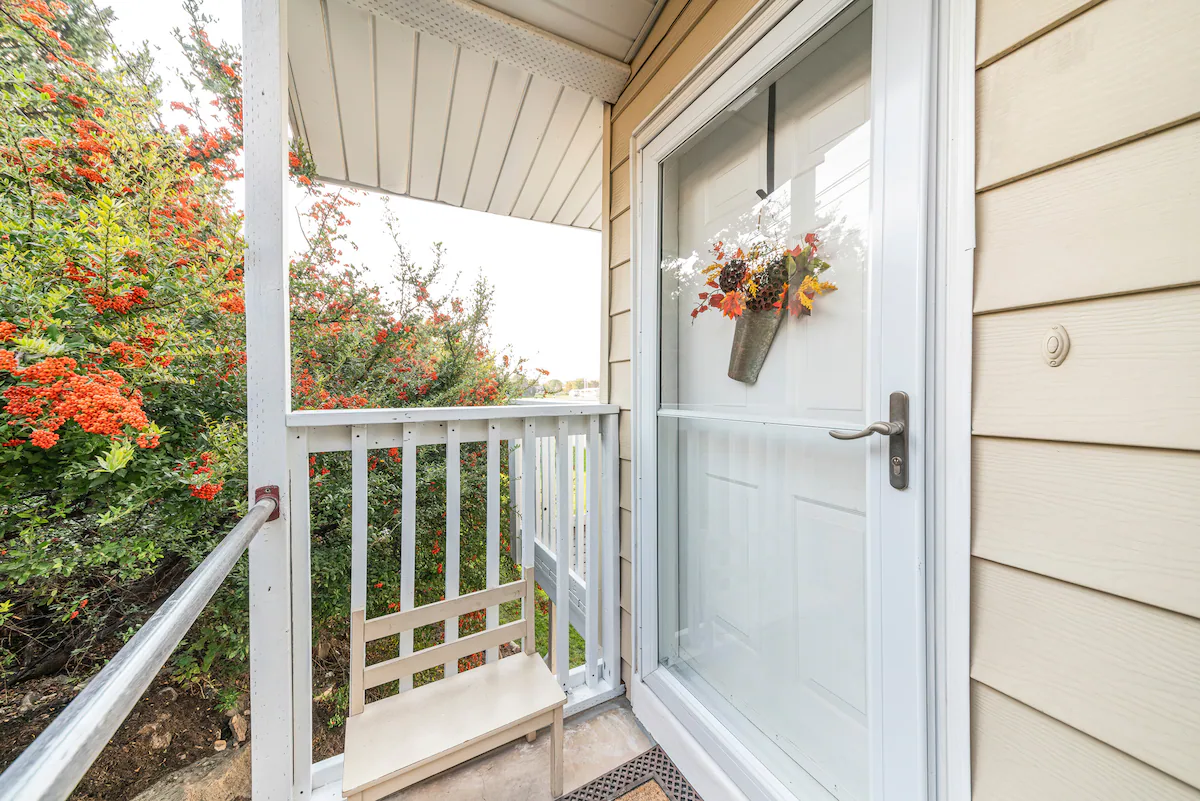
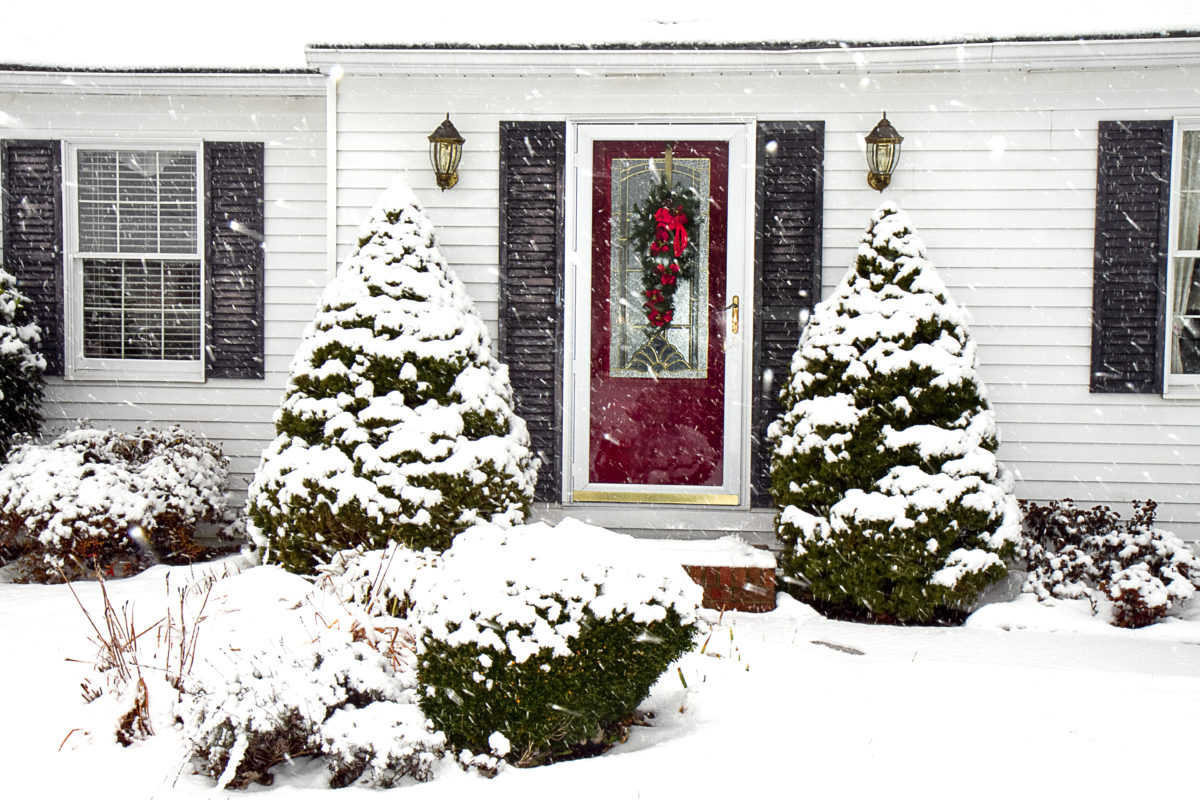
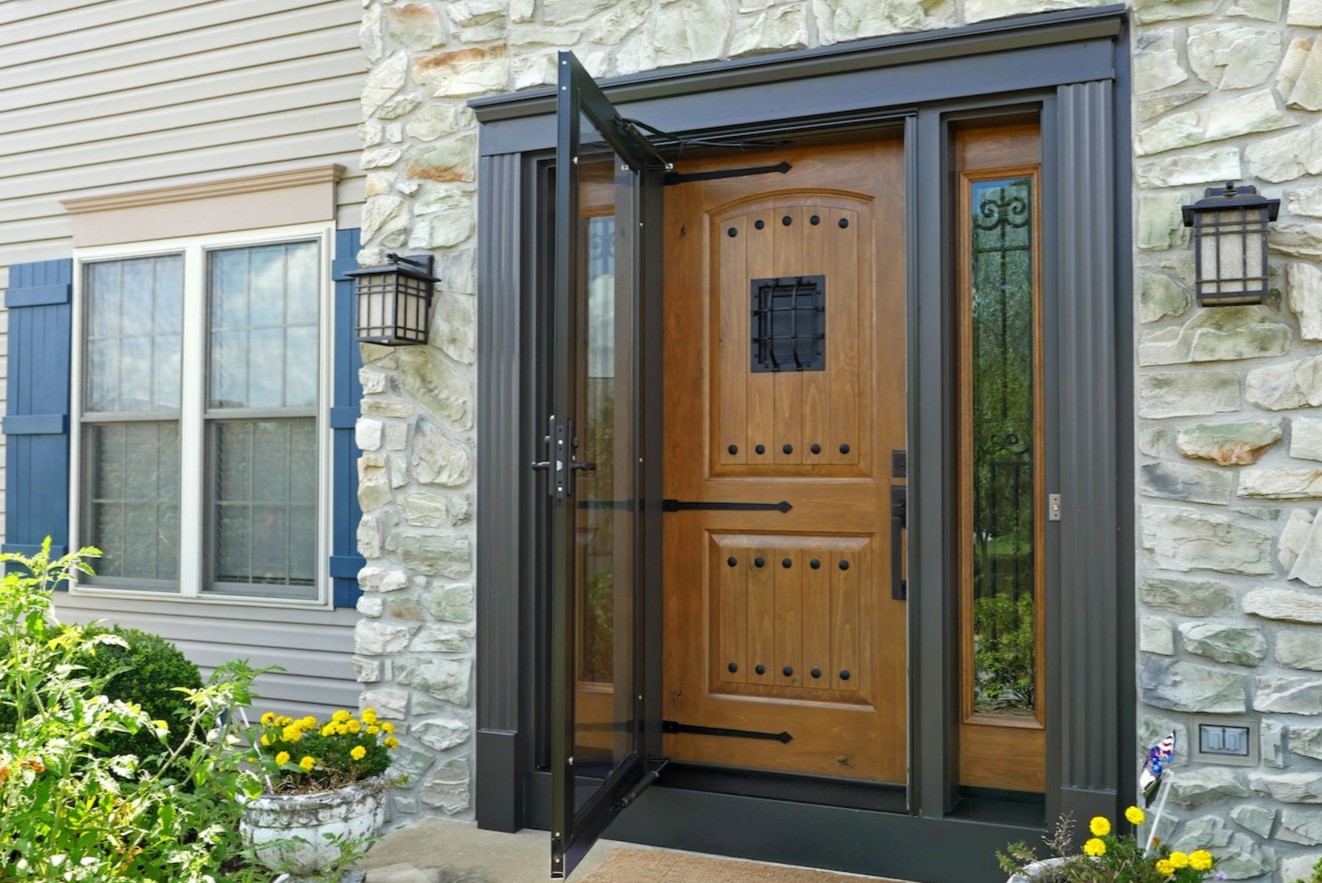
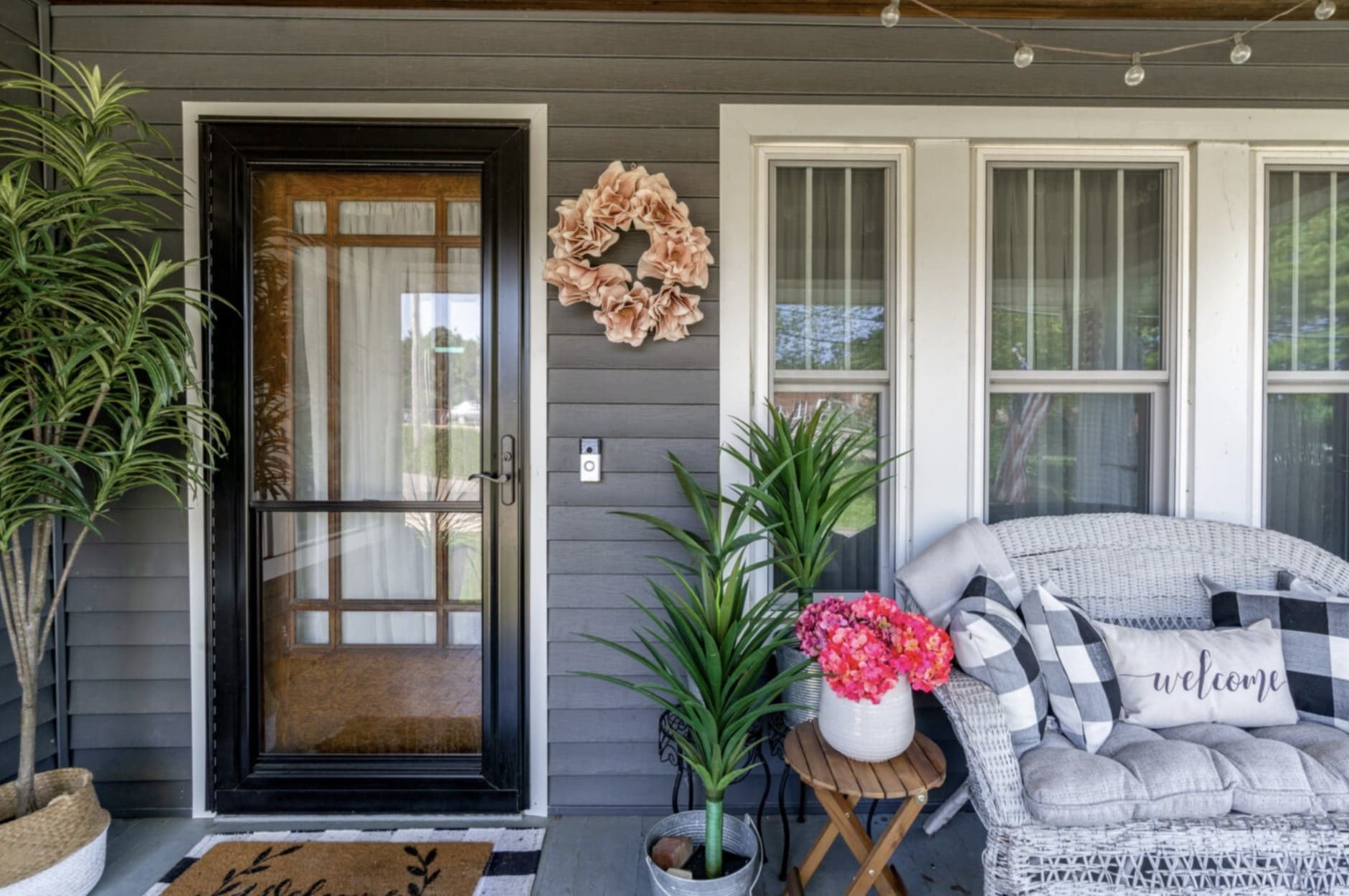
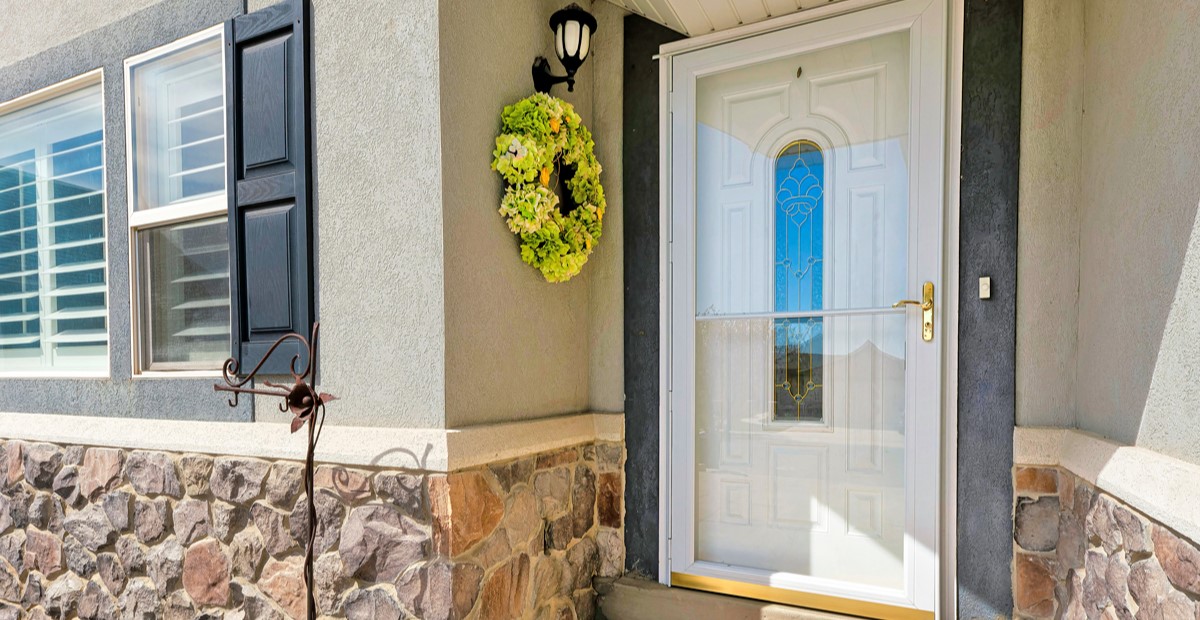
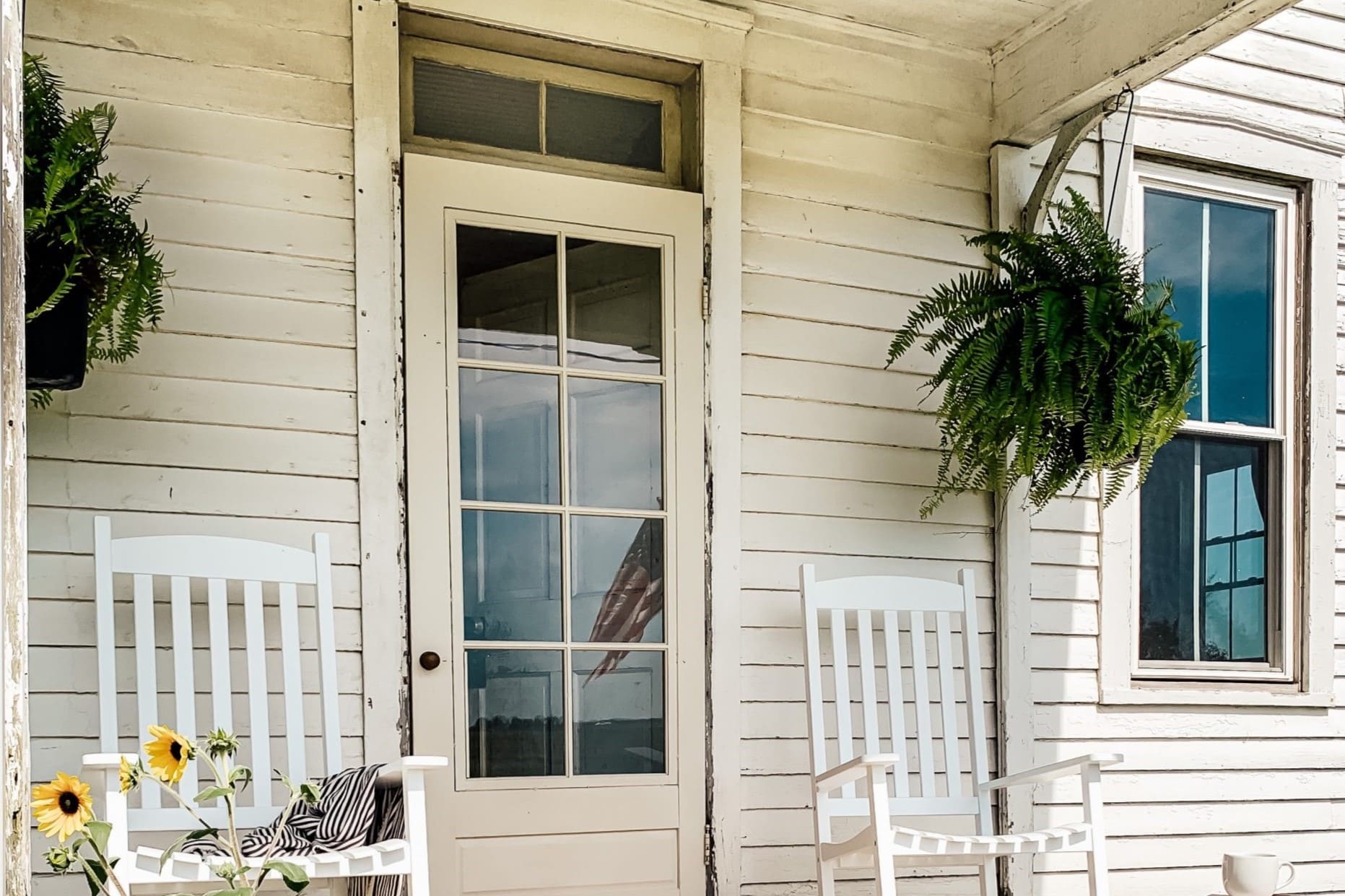
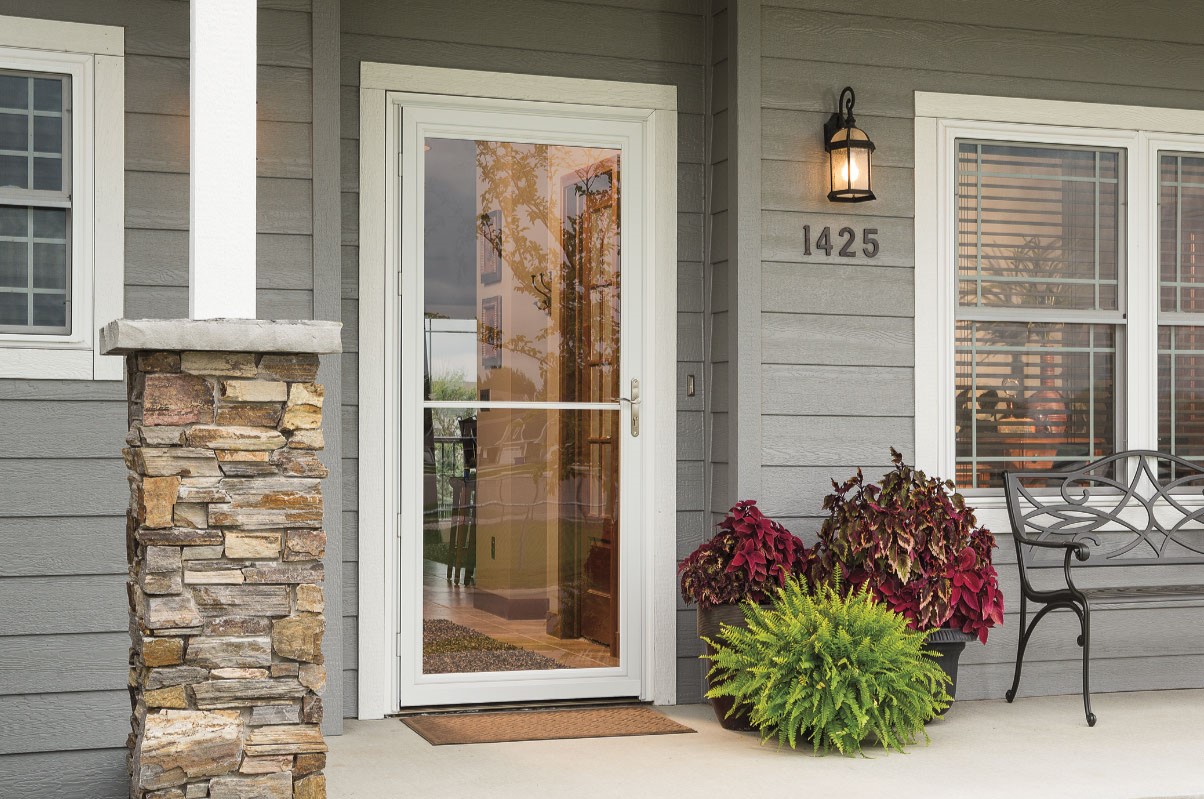
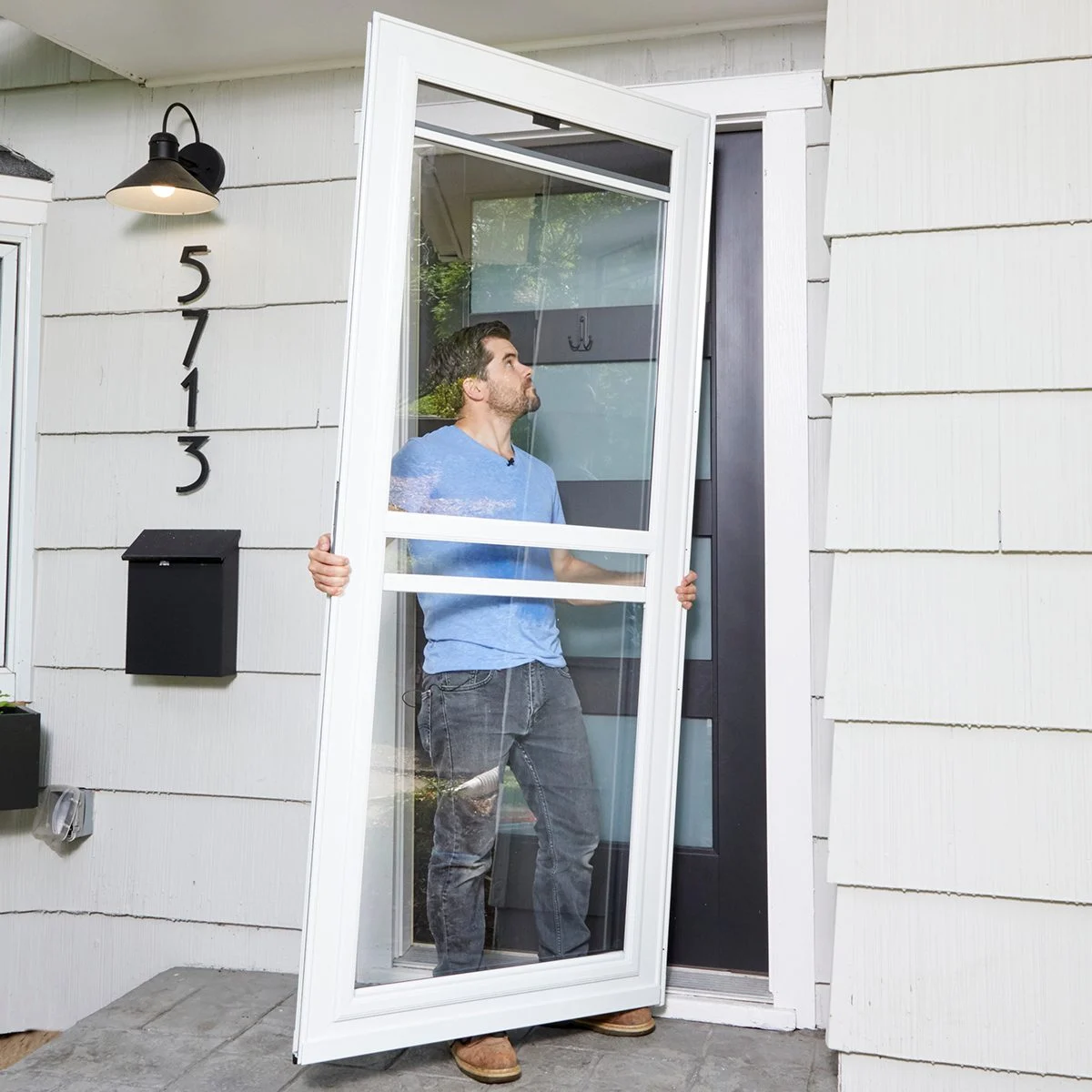
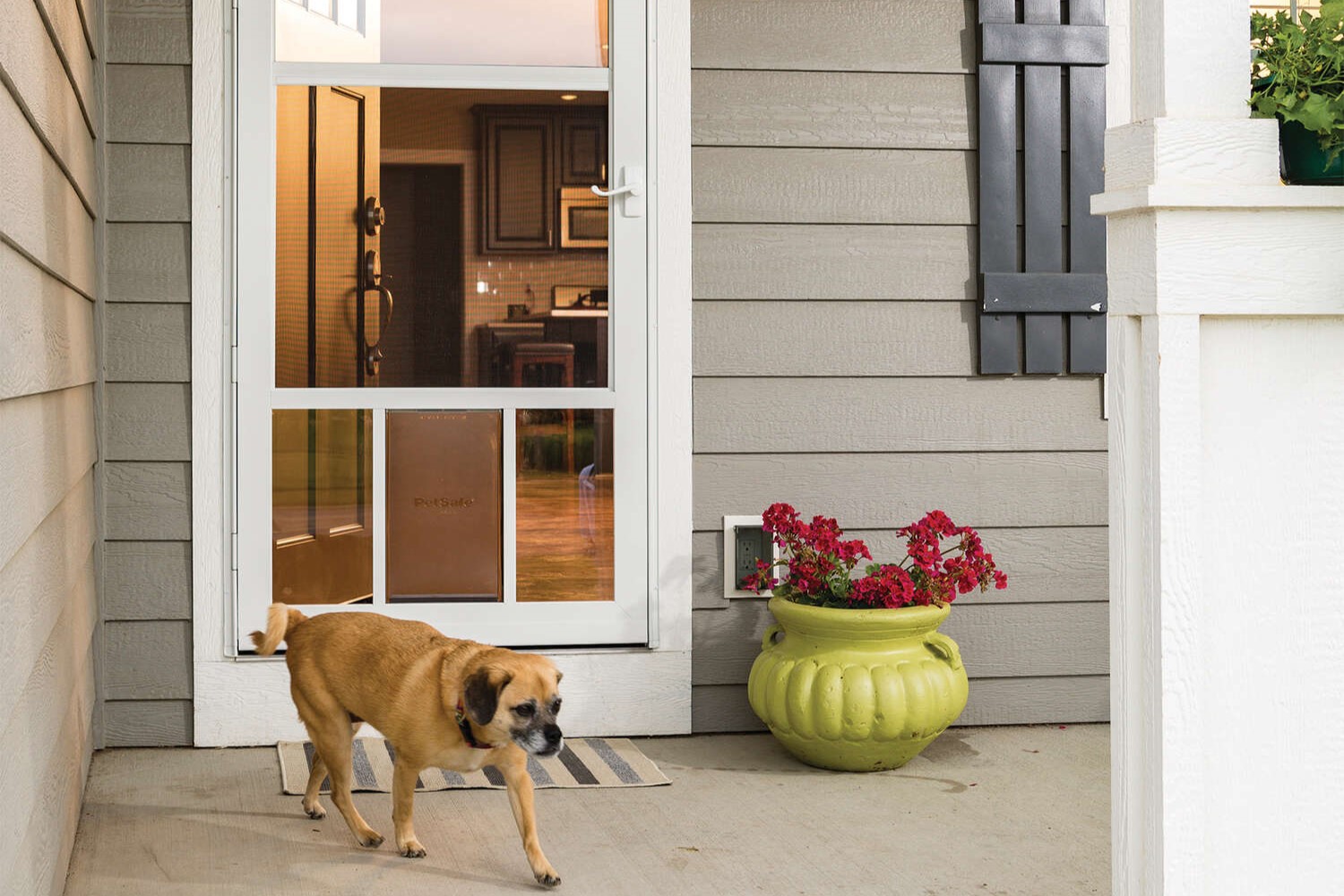
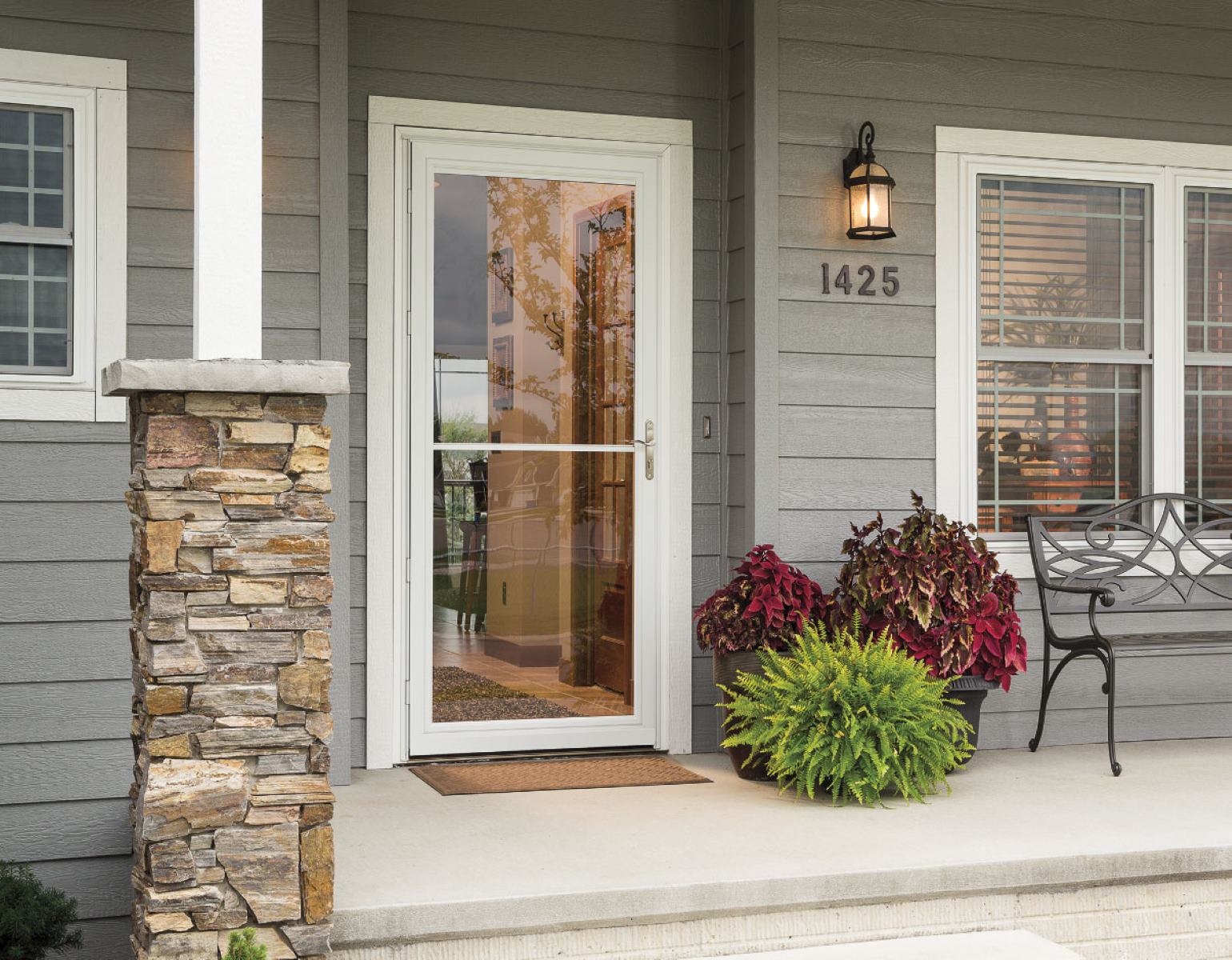

0 thoughts on “Why Is It Called A Storm Door”